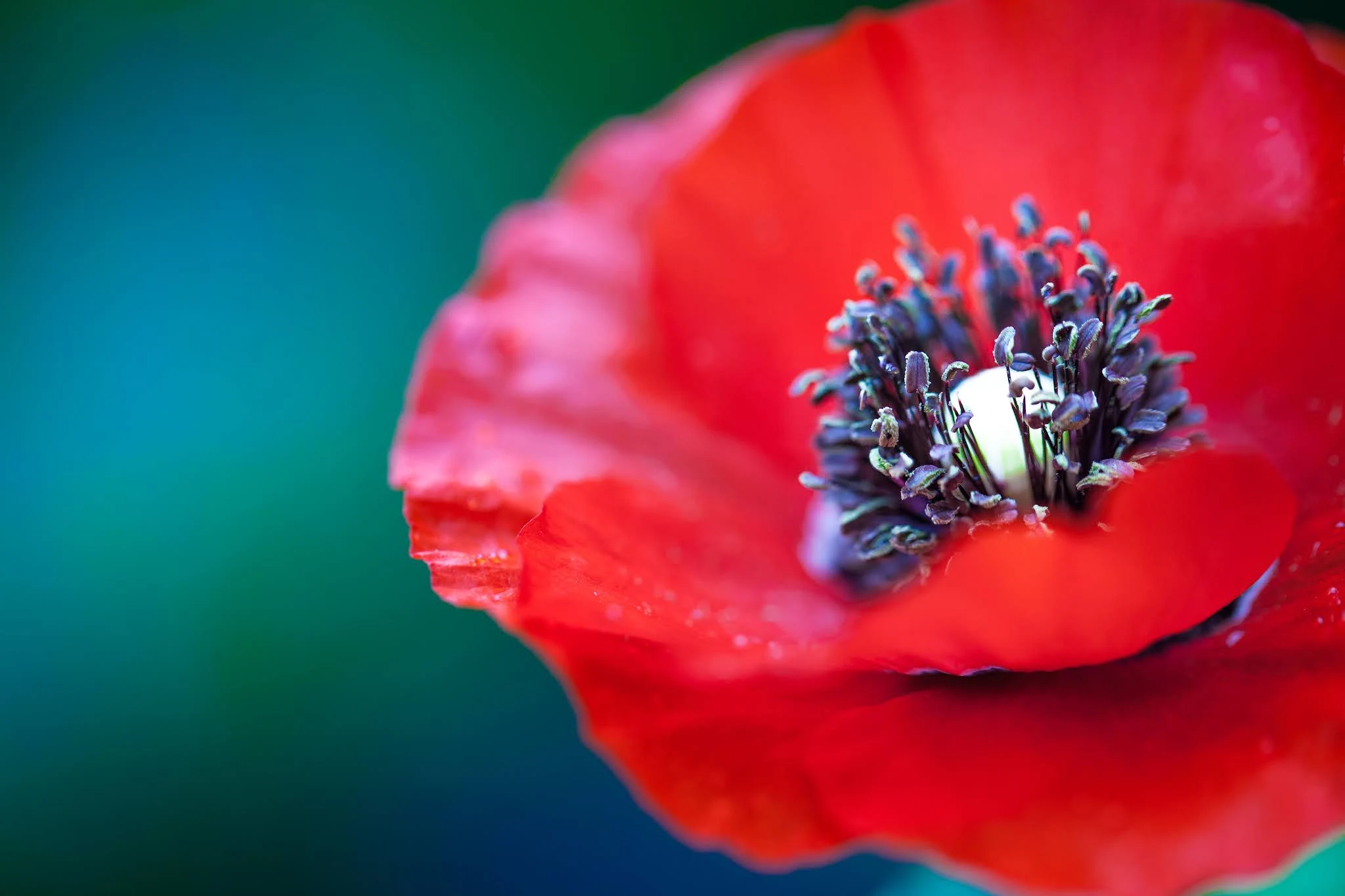The forgotten practice of giving opium to infants
A baby's cry is a necessary nuisance that has been with us since our primate ancestors. Not knowing what it wants, whether it is hungry, has toothache, needs a diaper change or some other discomfort, brings anxiety together with the usual lack of sleep. No wonder the Sumerians issued passive-aggressive threats to summon a demon. Thus, opium has been a required remedy for millennia to soothe babies.
Narcosis in ancient times
Already in the Ebers papyrus (16th century B.C.), it was recommended to mix
and sift the poppy capsules and wasp excrement on the walls to placate the
baby's crying, being able to be used for four days. In addition, the Corpus
Hippocraticum (5th century B.C.) established as diseases both lack of sleep
(Vigilia) and pain due to the growth of teeth. Galen recommended that
the activity of the baby should be moderate and comfortable so as not to
disturb it and warned against the use of opium, as it could extinguish
respiration. The Persian physician Al-Razi indicated that the cause of lack of
sleep was the mother's unhealthy milk and that she needed to drink poppy syrup
and rub her forehead and temples with opium oil and saffron. Avicenna
recommended, if possible, to administer a remedy of yellow poppy, white poppy,
fennel seeds and anise, with a third of opium or less if he wanted to
potentiate.
For centuries, and based on these precedents, opium was
recommended for sleeplessness or diarrhea. It was therefore mixed with other
ingredients, such as honey and spices like nutmeg, saffron or cinnamon, to
camouflage its taste. For the lipsiense surgeon Michael Ettmüller, opiates
were a panacea for everything, but others were more cautious. George
Armstrong, founder of the London dispensary in 1769, considered opium to be
very pernicious, especially if it was used day and night to keep children out
of the way. The Swiss physician Christoph Girtanner added that lack of sleep
could be the symptom of an underlying disease, so putting them to sleep would
only hide it. London obstetrician Michael Underwood even considered it cruel
to soothe a child with such syrups. However, as with artificial feeding, there
were opinions to suit all tastes.
Weaning and maternal separation
When the time came, from at least the time of Soranus of Ephesus (98-138 A.D.), the custom was to wean the child by covering the nipple in bitter or malodorous substances, such as myrrh, pennyroyal, mustard, aloe, wormwood or wine and brandy. During industrialization, poor mothers who had to work could not afford a wet nurse or to wean the child, so they kept breastfeeding but at longer intervals which they prolonged with opium. This resulted in many deaths, not so much from overdose as from starvation, since the baby did not request nourishment.
Teeth
From Soranus of Ephesus and Galen until the 18th century, children's gums were rubbed with hare brains. Later, the recommendations of Pliny the Elder and Ambroise Paré, who in 1649 recommended cutting the gums with a scalpel to facilitate the eruption of the teeth, were followed. To combat pain, the solution was the same as for lack of sleep: opium, usually administered as laudanum. Mortality reached 10%, including inflammation, convulsions, fevers and irritation of nervous tissue. In England, in 1839, there were 5016 deaths attributed to dentitio difficilis, 709 in London alone. Despite this, surgical or narcotic recommendations for tooth eruption could still be observed in 1856.
Massacre of the innocents
The practice of putting children to sleep with painkillers has existed in
Europe since the Middle Ages, when Venetian merchants dominated the trade
between Europe and the Orient. Subsequently, the East India Company secured
its control at its source, simultaneously provoking the opium wars in China.
In this way, the supply could be supplied and traditional remedies preserved.
Although the risks were known, the custom was maintained longer than
necessary, as in German-speaking countries, where the practice of dipping the
pacifier in poppy syrup or mixing it with soup was preserved until the
beginning of the 20th century. Of course, it has been a much criticized
practice, both for the irresponsibility of those who wanted to neglect babies
and for those who, because of their lack of care, killed babies. These events
were often compared to Herod the Great's slaughter of the innocents.
The
risk of this remedy stemmed from several factors. On the one hand, the formula
of the syrup was variable, with opium contents ranging from 3-21% and
therefore not subject to the same dosage; continuous use led to tolerance, so
that the useful doses were higher and, on the other hand, it was necessary to
shake it sufficiently so that it would not sediment. As self-medication was
common, deaths or withdrawal were also frequent. Some doctors even suggested
that some cognitive disabilities might have resulted from irresponsible opium
use. To counteract this, physicians successfully used emetics to induce
vomiting or galvanism for hours to counteract laudanum apnea.
Source
- Obladen, M. (2016). Lethal lullabies: a history of opium use in infants. Journal of Human Lactation, 32(1), 75-85.







Comments
Post a Comment